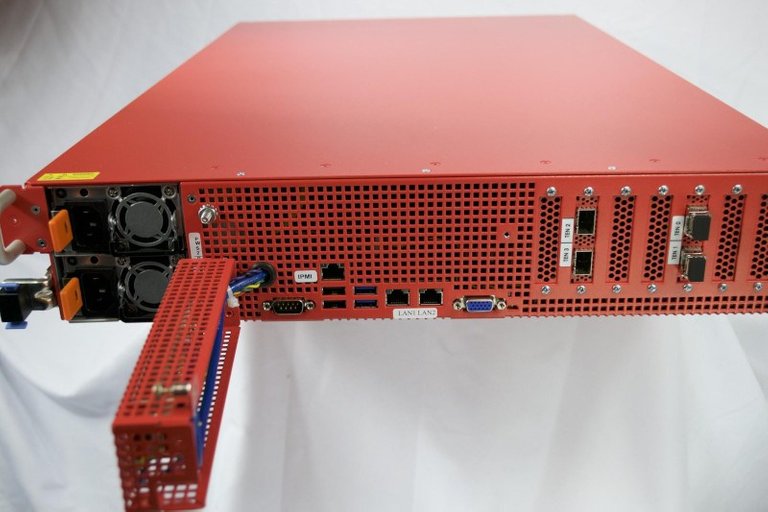You all know what Netflix is and how it works, i'm sure, and if you don't there
are plenty of sources to fill this out.
What i care most is the Netflix architecture, what makes it runs so fast under the hood, and why
i never lag during a streaming session.
Of course, since people is paying, the provider MUST to deliver a perfect service with full availability, reliability
and scalable proof.
But how Netflix can guarantee this speed and robustness?
It relies on a very well done distributed architecture based on CDN, Content Delivery Network, a common pattern used
to redistribute and replicate contents across several machine (servers) in order to bring contents near to users and consumers, strongly reducing latency and increasing scalability, reliability and supporting in resources balancing. This allows people to avoid bottleneck latencies caused by poor servers dislocation or even server centralization. Even Steemit uses his own one CDN to provide and store images.
So, few days ago the FOSDEM took place and they provide some interesting stuff on the sodalice among Netflix and FeeeBSD the old-days super popular OS for servers and embedded systems.

The FreeBSD Project
FreeBSD is an operating system used to power modern servers, desktops, and embedded platforms. A large community has continually developed it for more than thirty years. Its advanced networking, security, and storage features have made FreeBSD the platform of choice for many of the busiest web sites and most pervasive embedded networking and storage devices.
In particular, Netflix built up his own CDN called OPENCONNECT which is based on several mega machines made by custom hardware, Open Connect Appliance. Netflix taylor its Open Connect Appliance for free for each ISP they work with in order to increase cost-effectiveness and support high-quality traffic with a localization driven approach. They mainly custom its hardware with Storage Appliance (for major ISPs) and Global appliances (for smaller ISPs or new comers) where the first can handle 40Gb/s data and has a storage capacity of 248TB.
On this machines, runs the FreeBSD and almost every software is open source such as NGINX web server and, again FreeBSD head (current) version, so they can stay updated. This is what they say about their architectural path choices:
FreeBSD was selected for its balance of stability and features, a strong development community and staff expertise. All code improvements, feature additions, and bug fixes are contributed directly back to the open source community via the FreeBSD committers on our team. We also strive to stay at the front of the FreeBSD development process, allowing us to have a tight feedback loop with other community and partner developers. The result has been a positive open source ecosystem that lowers our development costs and multiplies the effectiveness of our efforts.
So again, living in 2019 is pretty amazing from a tech POV isn't it? Even major tech companies understand, supports and leverage open source and already existing technologies to build up huge platforms and services. Hope this result interesting to you at least because you know what's going on when you press PLAY.
Enjoy !


Congratulations @mareng! You have completed the following achievement on the Steem blockchain and have been rewarded with new badge(s) :
Click here to view your Board
If you no longer want to receive notifications, reply to this comment with the word
STOPTo support your work, I also upvoted your post!